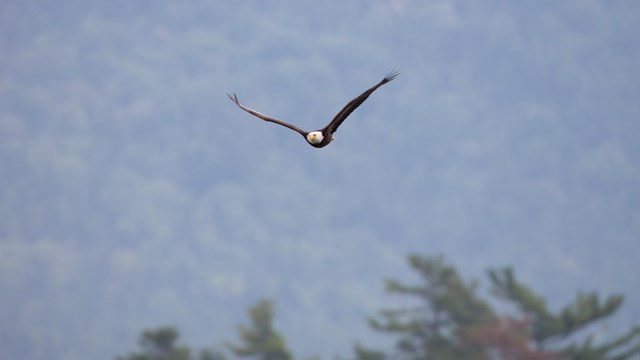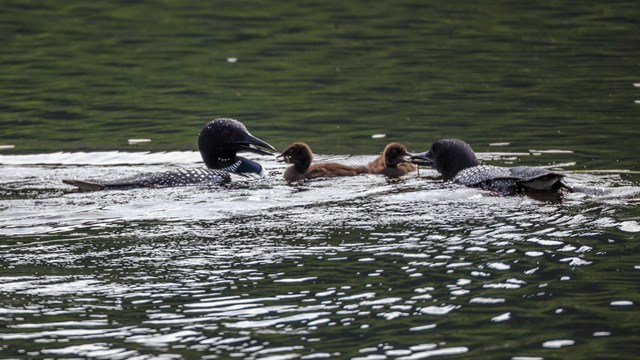
Ashley L. Conti, Friends of Acadia,, NPS Scientific studies about wildlife at Acadia National Park are part of Acadia's Science Legacy including marine mammal research, bird research, invertebrates and more. Listed below are some important datasets and research studies related to wildlife in the park. A full species list and more research can be found on IRMA. For more stories about wildlife in Acadia, visit our Animals page. Marine Mammal ResearchRichardson (1971, 1972, 1973, 1977) conducted aerial inventories of harbor and gray seals in the Acadia National Park region of the coast.
Bird ResearchBirding research atAcadia has a long and stories history going back to the mid 1800s. Learn more on our Bird Research page and find more information about birds at Acadia on our birds and birdwatching pages.
Bird Research
Historic data sets and stories of bird research in Acadia National Park 
Birds
Acadia's most famous creatures, with more than 300 species reported! 
Birdwatching
Loons, peregrines, snowy owls, bald eagles, cormorants, and more Invertebrate ResearchThe Champlain Society surveyed marine invertebrates of Somes Sound in 1880. William Procter conducted a complete and detailed survey of marine invertebrates in marine waters adjacent to Mount Desert Island in the 1926-1932. He noted over 500 species in 13 phyla. The collections from his survey are stored in Acadia National Park’s collections. The specimen nomenclature was updated by Mittelhauser and Kelly (2007).
|
Last updated: September 22, 2022
